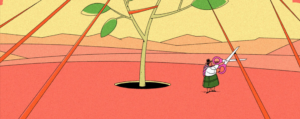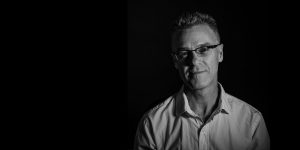As the United States struggles with an opioid overdose crisis, policymakers face the question of how to address an epidemic that is seeing 130 people die every day. A new briefing paper looks at experiences in Estonia—a country that has the highest rate of overdose deaths in the European Union—in order to highlight an alternative approach to drug policy where the emphasis is on providing health and social services for people who use or who are dependent on drugs, rather than punishing them. The program provides peer counseling, voluntary referrals to health and social programs as needed, and opportunities for finding and retaining employment. The findings to date indicate that women are more likely to stay actively engaged with the program than men.
Interestingly, the inspiration for this innovative approach comes from home: the program was born out of a trip by Estonian public health and law enforcement officials to Seattle in order to learn about the city’s innovative Law Enforcement Assisted Diversion Program (LEAD), in which those detained by police for low-level drug offenses are referred to case management services rather than being prosecuted or incarcerated. Inspired by what they saw in Seattle, Estonian officials decided to adopt this model, resulting in the creation of SÜTIK in 2018.
The case study on Estonia is the latest installment in a multi-part series highlighting innovative approaches to drug policy across the world. From drug sentencing reforms in the United Kingdom to Ecuador’s pardoning of low-level drug offenders, the series examines programs that serve as useful models for what a more human rights-oriented approach to drug policy and criminal justice should look like. The SÜTIK program is another example of how governments and communities across the world are increasingly recognizing that repressive policies punishing people for drug use are harmful and ineffective.
Produced by the Washington Office on Latin America (WOLA), the International Drug Policy Consortium (IDPC) and Dejusticia, the 16 case studies, covering nine countries, can be viewed in full here.




